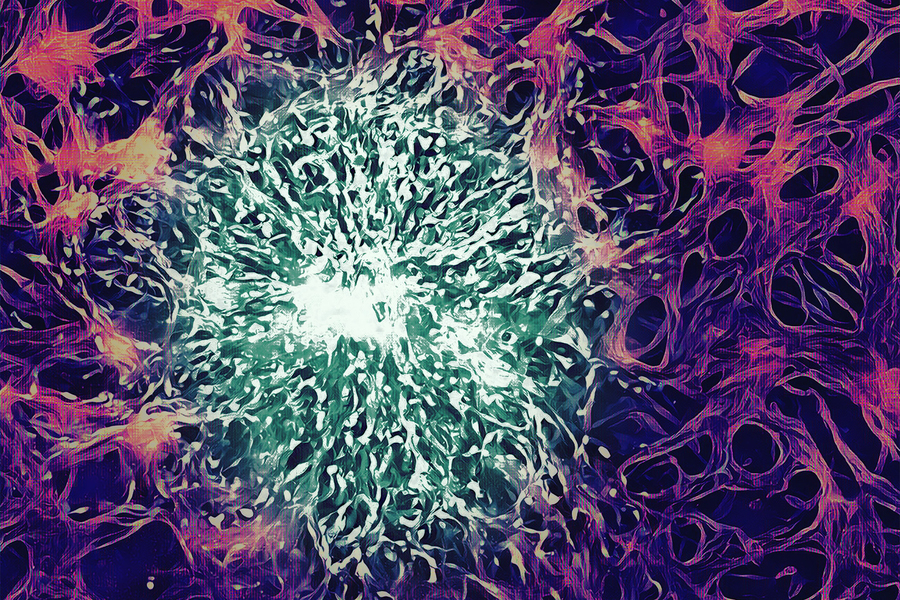Experimental brain-on-a-chip better screens brain cancer treatments
Date: 3.6.2022
The blood-brain barrier (BBB) is a vital line of defense to keep your brain safe from toxins, but frustratingly it can sometimes be too restrictive, keeping important drugs out. Researchers at MIT have now demonstrated an accurate new model of how this barrier works, which should enable new treatments for brain cancer..
 Scientists have experimented with a range of ways to temporarily pry open the barrier, including magnetic nanoparticles, ultrasound pulses, or specialized nanoparticles designed to slip through and deliver drugs.
Scientists have experimented with a range of ways to temporarily pry open the barrier, including magnetic nanoparticles, ultrasound pulses, or specialized nanoparticles designed to slip through and deliver drugs.
The problem is, it can be hard to study how well these techniques work. Cell cultures and animal models aren’t always accurate representations of humans, and experiments in humans carry high risk. So for the new study, the MIT team created a brain-on-a-chip, a microfluidic model that recreates the organ more accurately.
In this case, the model contains a ball of glioblastoma cells, wrapped in blood vessel grown from human endothelial cells. To reproduce the blood-brain barrier, the model also includes pericytes and astrocytes, two types of cells involved in the formation of the barrier. The idea is to test how different treatments could open the BBB to deliver chemotherapy drugs to the brain cancer cells inside.























